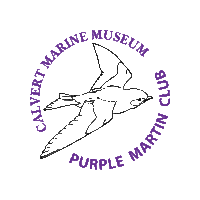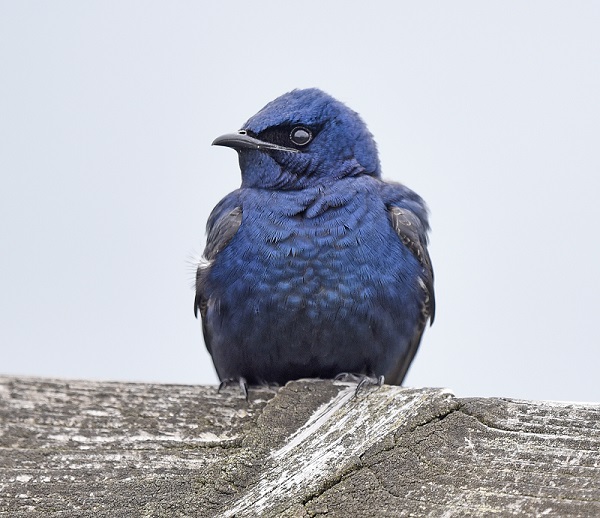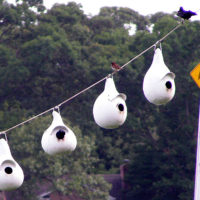Purple Martins are native songbirds of the swallow family. Throughout history, many cultures have cherished the swallow. Among Romans, the bird was linked with Aphrodite, the beautiful goddess of love. The ancient Greeks held a festival to honor the swallows arrival in the springtime. Sailors saw them as good luck. Native Americans hollowed out and hung gourds to attract Purple Martin colonies. In the Chinese culture the swallow is a messenger of spring and happiness. It is seen as a symbol of good fortune.
The eastern Purple Martins rely almost exclusively on human-supplied housing, and have a strong site loyalty to return to the same nest site each year! They are dependent on us for their survival. They are one of America’s most well-loved songbirds for many reasons; their chattering song, aerial acrobatics, insect-eating habits and their tolerance of humans. A practice that has been experiencing a steady decline in the number of ‘landlords’ offering nesting sites. One study found that nearly 90% of landlords were 50 years of age or older, and that younger generations were not exhibiting the same enthusiasm nor possess the resources to provided martin housing for the species.
Quote by John James Audubon (1831): “Almost every country tavern has a martin box on the upper part of its sign-board; and I have observed that the handsomer the box, the better does the inn generally prove to be.”
Purple martins suffered a severe population crash in the 20th century widely linked to the release and spread of European starlings in North America. European starlings and house sparrows compete with martins for nest cavities. Where purple martins once gathered by the thousands, by the 1980s they had all but disappeared.
The Purple Martin Club maintains the Purple Martin boxes at the Museum and at Cove Point Lighthouse with the goal of fostering an active colony and to encourage our visitors to support this amazing bird by putting up their own houses. The birds in our colony continually sing such pleasant songs and their behaviors are so entertaining to watch. Purple Martins spend the non-breeding season in Brazil and then migrate to North America to nest. If humans were to stop supplying martins with homes, they would likely disappear as a breeding bird in eastern North America. That is why it is inherent that we continue to maintain our boxes and to educate our visitors on how important it is for them to start their own colony.
For more information about starting your own colony please visit the Purple Martin Conservation Association(PMCA) website at https://www.purplemartin.org. They are one of the most respected authorities on Purple Martins and are a nonprofit organization dedicated to the conservation of Purple Martins.
NHSM is committed to supporting ongoing research by serving as a community scientist pipeline.



